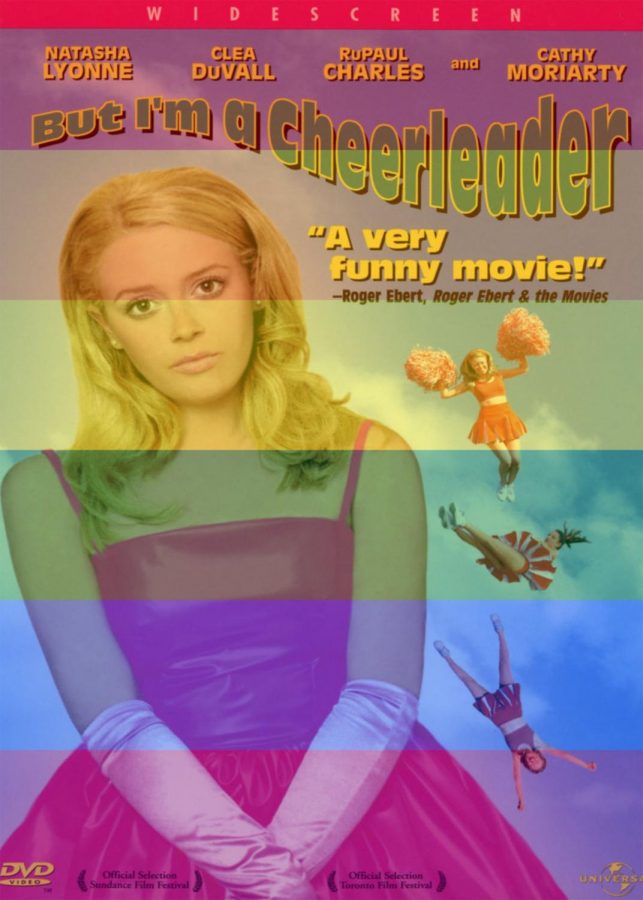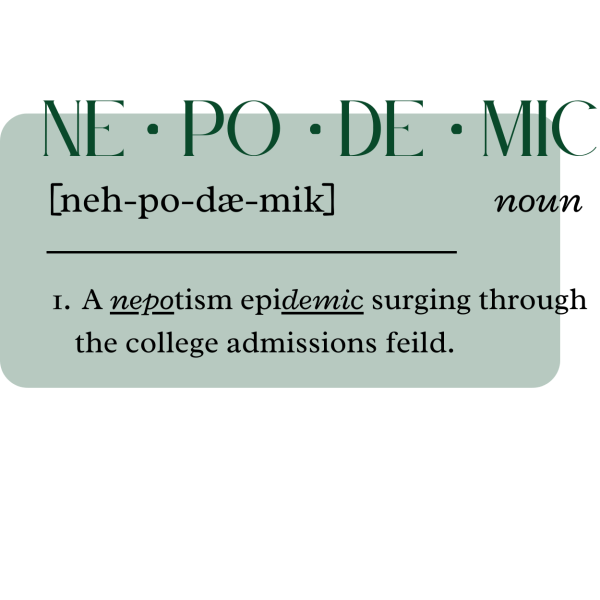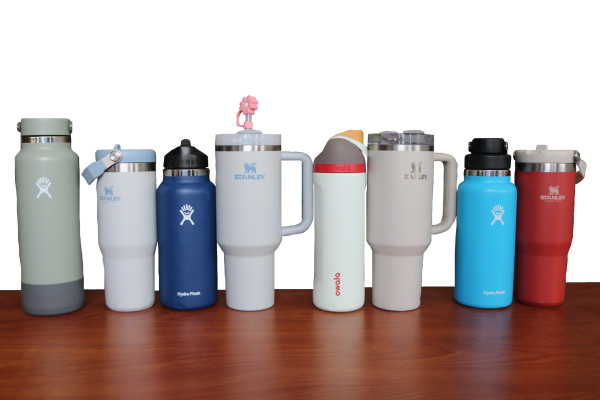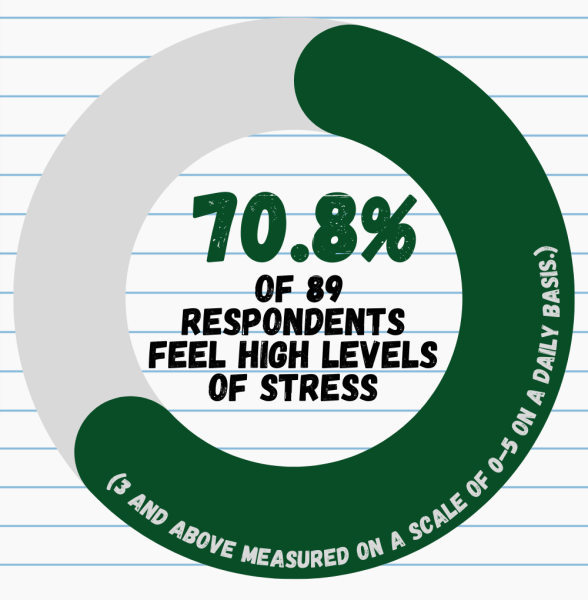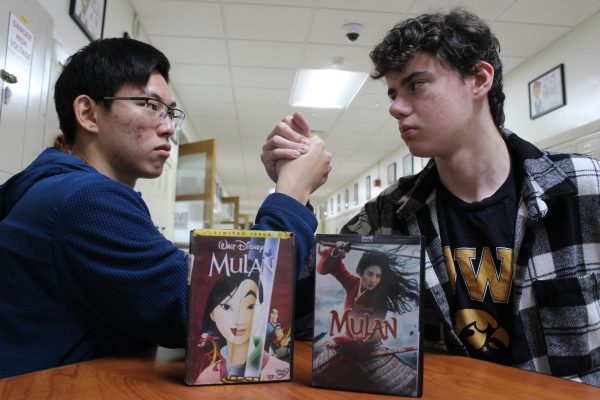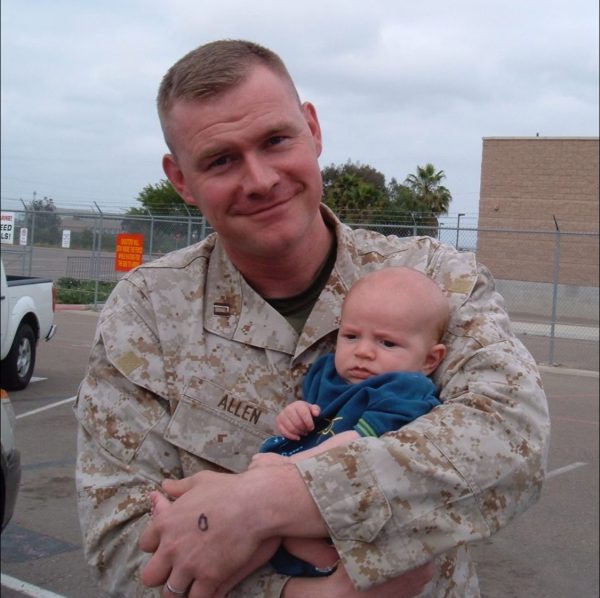From Closet to Compartment
I’ve known that I’m not straight since I was young. Having grown up with rather liberal parents, we had family friends who were lesbains and though they never tried to hide that from me, the idea of same-sex attraction was never fully explained to me.
Eventually, I learned the word “lesbian” in fifth grade, when a girl used it as an insult against another girl. I didn’t know what that word meant until then. I had, though, had crushes on girls since I was 5 and been rather aware of them, choosing never to say anything because I didn’t want to seem weird. Once I learned what those feelings were, though, I began to identify as pansexual (the attraction to all genders) in seventh grade. After more contemplation, I realized that the label that best fits my orientation is “lesbian.”
I don’t mind when my friends change their clothes in front of me. I’m not, as media typically depicts, constantly lusting after straight girls, hoping that they’ll give me a chance. I’m realistic. I don’t wear exclusively flannel and combat boots. I’m a person, not a stereotype.
I have interests and passions outside of my orientation. I write, I like the Star Wars franchise and I listen to folk music. But, in addition to that media, I also try to consume media that centers around LGBT+ individuals; I have found this in everything from the poetry of Sappho to shows on basic cable.
Often, the perception of same-sex couples, particularly those consisting of two women, are up for artistic presentation in mainstream media. At first thought, this can be a great thing. As a young lesbian, I actively seek out media that depicts the stories of women like me: women who love women. But, the more I have delved into the consumption and creation of LGBT+ media, the more I have been overwhelmed, or rather, underwhelmed, by the depiction of LGBT+ characters in media and how often these portrayals sexualize and further marginalize the demographic they are supposed to be empowering.
The harmful stereotypes for female same-sex relationships start at a basic dichotomy between “sad lesbians” and “sexy lesbians.” Sad lesbians are single-faceted characters whose defining characteristic are that they are a lesbian. Their storyline usually revolves around the pursuit of a girlfriend or pining over a straight girl, which ultimately leads to their demise. Like sad lesbians, the defining trait of sexy lesbians is that they engage in relationships with women. But, unlike sad lesbians, the trope of the sexy lesbian is entirely constructed for male viewership rather than to be seen as an emotional, perhaps relatable, character.
The root of this problem lies not only in the perception of women, but also in the view the media and therefore, general society, has of lesbians. Lesbians are more often used as a selling point or useless plot device rather than made to be fully fleshed out, multidimensional characters. A large factor that plays into how lesbians are portrayed actually lies in the fact that lesbians are women, a group that is already highly objectified in media. By taking people who are already seen as hyper-sexual in many non-sexual contexts, it is easy for media, especially that which is primarily made for the consumption of straight people, to fetishize lesbianism and make it something inherently sexual and dirty rather than just two people loving each other.
With media that portrays women who love women as only ever sad or sexual, it creates those same harmful stereotypes around lesbians off the screen, too. Movies such as “Blue is the Warmest Color” and “Below Her Mouth” are two examples that come to mind.
Both of them feature sad and sexy lesbians with scenes that are explicitly pornogrpahic and, in the case of “Below her Mouth,” the “conversion” of a straight woman into a gay woman. In addition, “Below her Mouth” focuses primarily on the sexual aspect of these women’s relationship, choosing to boil them down to little more than that. In the case of “Blue is the Warmest Color,” again, there is an unnecessary focus on the sexual nature of their relationship that leaves the viewer wanting for more character development.
Even more friendly movies, such as “But I’m a Cheerleader” are guilty of portraying these stereotypes of lesbians. The more “butch” lesbian is sad, brooding, and dark, and, of course, another lesbian character is primarily characterized by her sexual desires.
Not only are these storylines harmful to the perception of lesbians, but they’re also some of the most popular movies about women who love women. Why? Bluntly, it’s easiest for us to see queer people of any kind as just that — queer. It’s easier to deny them of any other human traits and focus only on their queerness.
When faced with the task of presenting women who love women, media outlets find it easiest to compartmentalize them rather than depict them as fully fleshed-out human beings. They are sad, they are sexy, they are butch, they are femme. How can any queer person expect to see themselves and their story in characters with such little meaningful development and lack of human qualities?



